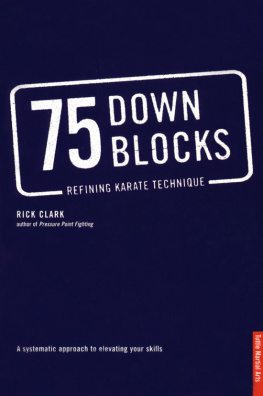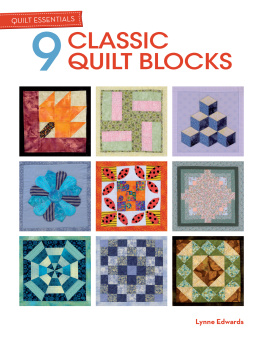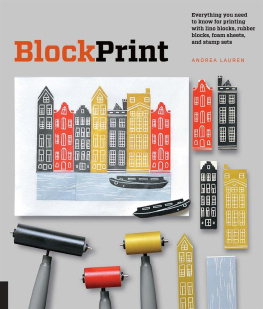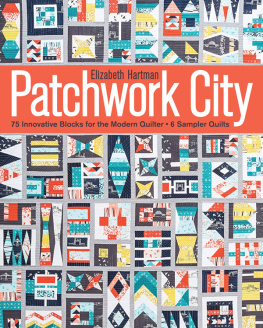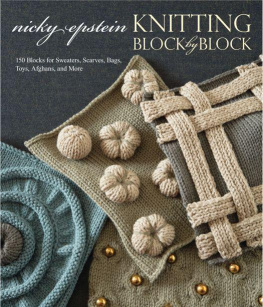APPENDIX A
PRESSURE POINTS
ABBREVIATIONS
The following are abbreviations used in the book. These terms refer to the various acupuncture points.
GB = Gall Bladder
H = Heart
LI = Large Intestine
Liv = Liver
L = Lung
S = Stomach
Sp = Spleen
TW = Triple Warmer
CV = Conception Vessel
LOCATION OF PRESSURE POINTS
| GB 20 | Located in the depression between the sterno-cleido- |
| mastoideus muscle and the trapezius. It is directly under |
the occipital protuberance.
|
| GB 23 | Located on a line with the nipple, and in between the 4th |
intercostal space.
|
GB 24
| Located in the 7th intercostal space below Liver 14.
|
| GB 25 | Located on the side of the body, at the lower border of the |
end of the 12th rib.
|
| GB 26 | Located in between the ends of the 11th and 12th ribs and |
level with the navel.
|
| GB 31 | Located on the outside of the thigh; if you were to hang your |
| arms loosely at your side, the tip of your middle finger would |
touch this point.
|
| H 2 | Located approximately 3 inches above the elbow in the |
groove formed by the two muscles.
|
| L 3 | Located approximately 6 inches above Lung 5 on the radial |
side of the biceps brachii.
|
| L 5 | Located in the cubital crease on the radial side of the tendon |
of the biceps brachii.
|
| L 7 | Located 1.5 inches above the transverse crease of the wrist |
| on the radial bone. This is the point where the radial nerve |
becomes superficial.
|
| LI 11 | Located in the depression found at the end of the transverse |
cubital crease.
|
| LI 4 | Located in the middle of the 2nd metacarpal bone on the |
radial side.
|
Liv 13
| Located on the end of the 11th rib.
|
| Liv 14 | Located directly below the nipple in the intercostal space of |
the 6th and 7th ribs.
|
| S 5 | Located midway along the side of the jaw; you can feel a |
slight depression there.
|
| S 9 | Located posterior to the carotid artery on the side of the |
sterno-cleido-mastoideus muscle, level with the Adam's apple.
|
Sp 21
| Located in the 6th intercostal space on the midaxillary line.
|
| Sp 6 | Located the width of four fingers from the top of the ankle |
bone, on the back side of the tibia.
|
| Sp 16 | Located approximately halfway between the nipple and a line |
4 inches to the side of the navel.
|
| TW 13 | Located at the crease at the posterior border of the deltoid |
muscle.
|
| TW 17 | Located just behind the earlobe in the depression found at the |
end of the mandible.
|
| CV 24 | Located in the depression just below the lower lip, on the |
| center line of the body. |
APPENDIX B
ERWIN VON BAELZ AND THE REVIVAL
OF THE JAPANESE MARTIAL ARTS
History has a fascinating way of repeating itselfor, at least, offering some interesting parallels between historical eras. For the martial artist, one of the most intriguing of these parallels has to do with two of the most critical periods in the development of the Japanese martial arts.
The first of these two eras contains the original introduction of combat forms to Japan. This story is well known:
Bodhidharma was born in Kanchi, in the southern Indian kingdom of Pall-ava, and was the first Patriarch of Chinese Zen Buddhism and the twenty-eighth Patriarch of Indian Buddhism.
He was the third son of King Sugandha and of the Brahmin caste. He probably would have studied the indigenous forms of combat (vajarmushti) as part of his education as a royal prince. It is believed his Buddhist master, Prajnatara, instructed him to spread the word of Buddhism to China.
According to legend, Bodhidharma traveled east to southern China around 526 A.D. and is reputed to have met with Emperor Wu Ti of the Liang dynasty. However, the meeting was not to the satisfaction of either party, and Bodhidharma traveled north to the Shaolin temple at Sung Shan in the province of Honan (520 A.D.).
During his stay at the Shaolin temple, Khim & Draeger (1979) state, "Ta Mo Bodhidharma became disturbed over the fact the monks there frequently fell asleep during meditation. He thereupon designed special exercises by which the monks could increase their stamina and so stay their weariness" (p. 13).
Accordingly, he taught a method of conditioning called Shin Pa Lo Han Sho (Haines 1968). These basic eighteen exercises were used for improving their health and are reputed to be the foundation of the martial arts system of the famous Shaolin Temple. By his actions, Bodhidharma, this man from the West, introduced the East to a method of physical fitness based on martial arts.
On June 9, 1876, a second man, who would also come to play an important, but often underappreciated, role in the development of modern Japan, arrived in Yokohama from the West. Not only would he play a critical role in the development of the medical education system of Japan, but it can also be argued that he influenced the development of the modern Japanese martial arts. Some have credited him with the resurgence of the martial arts in Japan and their use for physical education.
This remarkable man was Dr. Erwin Baelz, who traveled to Japan to teach Western medicine at Todai (Tokyo) University. While in this position Dr. von Baelz became personal physician to the Crown Prince Yoshihito, subsequently Emperor Taisho, and many of the most important men and women in Japan. His circle of friends included the power brokers of Japan at that time.
(His influence is still felt in the medical community. In 1964 Nippon Boehringer Ingelheim Co., Ltd. initiated the Erwin von Baelz Prize to promote international collaboration between Japan and Germany in the field of medicine.)
When he started teaching he found that "the students at the Imperial University of Tokyo were badly nourished and overworked youths, who would often sit at their books all night, and took no bodily exercise, so that when examinations were at hand they often broke down and sometimes actually died of exhaustion" (Baelz 1974, p. 72).
As a professor of medicine and Privy Counselor, Baelz (Klinger-Klingerstorff 1953, p. 11) was naturally concerned with the physical condition of his students, and tried to introduce physical education to promote their health.
Baelz had arrived at a significant moment in the development of modern Japan. He stated: "In the 1870s, at the outset of the modern era, Japan went through a strange period in which she felt a contempt for all native achievements. Their own history, their own religion, their own art, did not seem to Japanese worth talking about, and or even regarded as matters to be ashamed of" (Ibid., p. 72).
After their first contacts with Western cultures, the Japanese were ashamed of their past and regarded it as a time of barbarism. One cultured man even went so far as to say of those days, "We have no history. Our history begins today" (Baelz 1974, p. 17).
To give an example of how deep these feeling must have ran, Dr. Baelz notes in his diary (November 8, 1880), "The famous Temple of Hachiman' still stands in the fine fir grove, though of course the trees are different. Two kilometers away is the celebrated Daibutsu, a colossal bronze statue of a seated Buddha. The face is very fine. Ten years ago the Japanese government was thinking of selling this most splendid of all the bronzes in Japan to foreigners for its price as old metal! So little veneration remains for these ancient relics. Happily, however, the negotiations came to nothing. Today the Daibutsu is treated with more respect, as a national curio" (Baelz 1974, p. 63).

